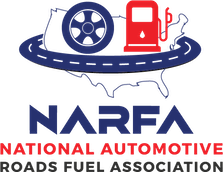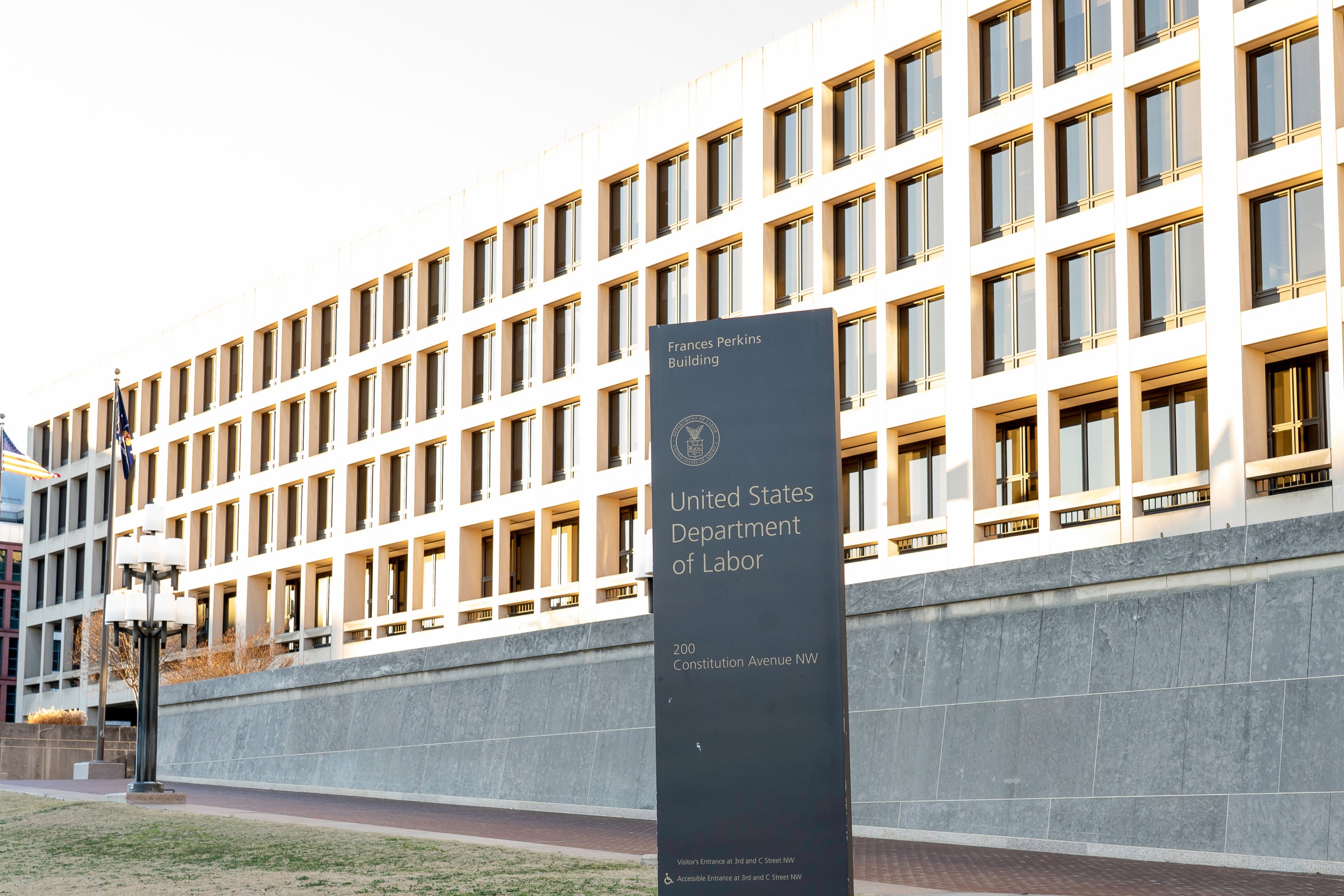The U.S. Department of Labor today announced a final rule clarifying the standard for employee versus independent contractor status under the Fair Labor Standards Act (FLSA).
“This rule brings long-needed clarity for American workers and employers,” said U.S. Secretary of Labor Eugene Scalia. “Sharpening the test to determine who is an independent contractor under the Fair Labor Standards Act makes it easier to identify employees covered by the Act, while recognizing and respecting the entrepreneurial spirit of workers who choose to pursue the freedom associated with being an independent contractor.”
“Streamlining and clarifying the test to identify independent contractors will reduce worker misclassification, reduce litigation, increase efficiency, and increase job satisfaction and flexibility,” said Wage and Hour Division Administrator Cheryl Stanton. “The rule we announced today continues our work to simplify the compliance landscape for businesses and to improve conditions for workers. The real-life examples included in the rule provide even greater clarity for the workforce.”
The Final Rule includes the following clarifications:
- Reaffirms an “economic reality” test to determine whether an individual is in business for him or herself (independent contractor) or is economically dependent on a potential employer for work (FLSA employee).
- Identifies and explains two “core factors” that are most probative to the question of whether a worker is economically dependent on someone else’s business or is in business for him or herself:
- The nature and degree of control over the work.
- The worker’s opportunity for profit or loss based on initiative and/or investment.
- Identifies three other factors that may serve as additional guideposts in the analysis, particularly when the two core factors do not point to the same classification. The factors are:
- The amount of skill required for the work.
- The degree of permanence of the working relationship between the worker and the potential employer.
- Whether the work is part of an integrated unit of production.
- The actual practice of the worker and the potential employer is more relevant than what may be contractually or theoretically possible.
- Provides six fact-specific examples applying the factors.
The rule will take effect 60 days after publication on the Federal Register, on March 8, 2021.
WHD’s mission is to promote and achieve compliance with labor standards to protect and enhance the welfare of the Nation’s workforce. WHD enforces federal minimum wage, overtime pay, recordkeeping, and child labor requirements of the FLSA. WHD also enforces the paid sick leave and expanded family and medical leave requirements of the Families First Coronavirus Response Act, the Migrant and Seasonal Agricultural Worker Protection Act, the Employee Polygraph Protection Act, the Family and Medical Leave Act, wage garnishment provisions of the Consumer Credit Protection Act, and a number of employment standards and worker protections as provided in several immigration related statutes. Additionally, WHD administers and enforces the prevailing wage requirements of the Davis Bacon Act and the Service Contract Act and other statutes applicable to Federal contracts for construction and for the provision of goods and services.
The mission of the Department of Labor is to foster, promote and develop the welfare of the wage earners, job seekers and retirees of the United States; improve working conditions; advance opportunities for profitable employment; and assure work-related benefits and rights.
Recent Posts
2025 IRS Benefits & Retirement Limits: Complete Guide to New Changes
Key TakeawaysNew age-based catch-up contribution limits for workers 60-63Updated thresholds for retirement accounts and HSAsInflation-adjusted welfare and retirement benefit limitsChanges implemented under SECURE 2.0 ActUnderstanding [...]
Health Plans and Employee Contributions: Navigating Rising Costs in 2025
The Rising Tide of Healthcare Costs In recent years, employees across various industries have experienced a significant uptick in their out-of-pocket costs for health [...]
Connecticut Expands Paid Sick Leave Law
Beginning January 1, 2025, Connecticut’s paid sick leave law—which currently covers employers with 50 or more employees in the state and only applies to service [...]




